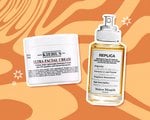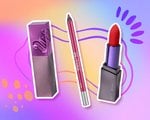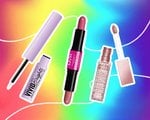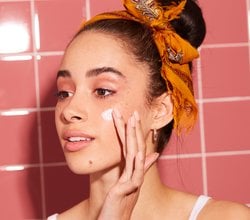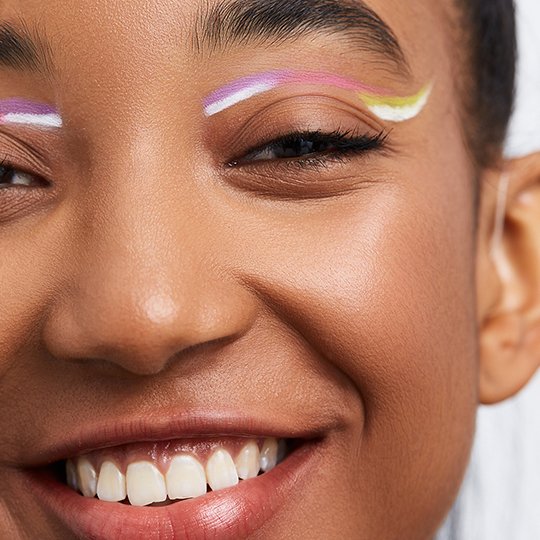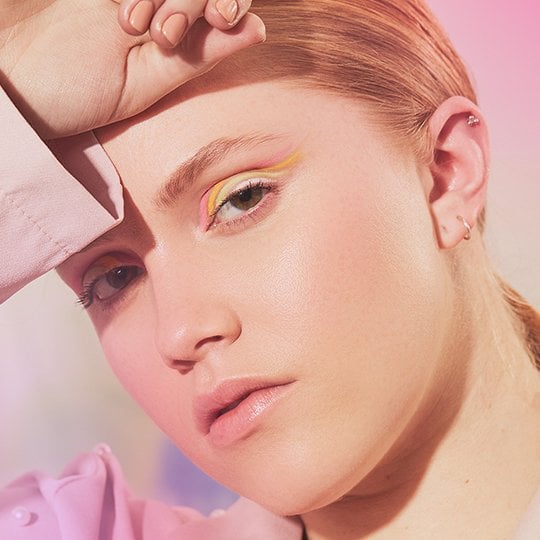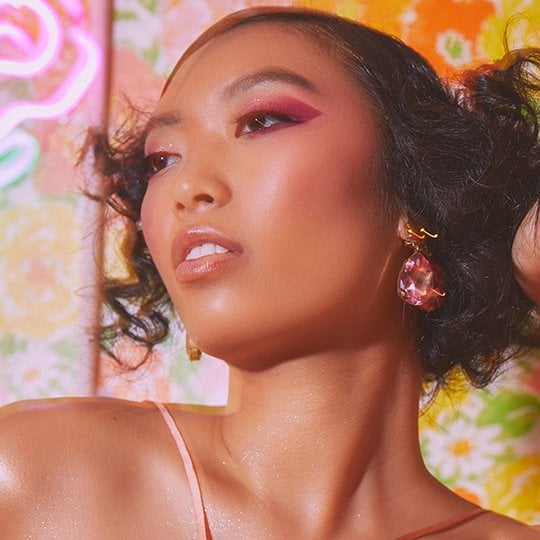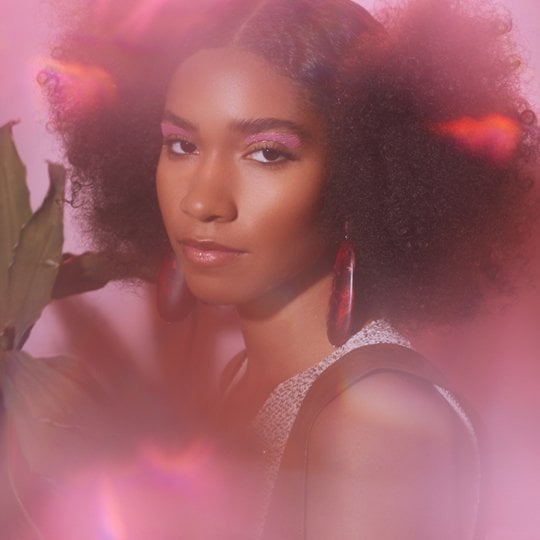Beauty P.I.: The Fascinating Origin of the False Lash
January 29, 2018Our Beauty P.I. series is where Makeup.com editor Alanna delves into the history of various makeup products — where they originated from and how they’ve evolved. First up on the list is the conception of the false lash.
Cosmetics is a curious industry — not only because it’s evolving to become the most universal enterprise of all time (I mean, everyone has a face), but even more so because of its ability to foster innovations. The tools we use in our daily beauty routines are constantly changing.
One of these inventions — the false lash — truly revolutionized the way we think about our lashes and makeup overall. And it’s the only product that adds a tiny prosthetic onto our faces instead of just enhancing our natural features (like a typical mascara wand or liner would). Because of my nerdy obsession with the history of makeup, I wanted to get to the bottom of where the false lash originated from, why and where it was used and how it’s evolved — so, let’s take a trip back in makeup time, shall we?
I’ll Take A Side Of Human Hair, Please
The first time I perused the historical angle of this topic, I discovered that false lashes date back to turn of the century France where wigmakers would, in all seriousness, sew human hairs onto the eyelids of Parisians (yeah, gag). While it’s no surprise that the practice did not exactly take on, it’s fascinating to note that these “fringed” lashes grew popular because they made the eyes appear bigger and brighter. According to The New York Times however, it wasn’t until 1911 that the first artificial lashes were patented — by Anna Taylor, a Canadian woman who created the original strip lash — where small hairs were attached to piece of fabric and placed onto the upper lash line with an adhesive. Not only did this make application seamless, it sure as hell sounds like it beat the painful needle and thread method, IMO.
Taking It To The Silver Screen...
But it wasn’t until 1916 that the trend really picked up, when according to Racked, American filmmaker D.W. Griffith decided that the lashes of the leading lady in the 1916 melodrama Intolerance just weren’t enough. To give Seena Owen’s eyes extra oomph, Griffith enlisted his costume wigmaker to glue strands of human hair onto her lash line with Spirit Gum. Needless to say, the silver screen loved her new fluttery filaments — but research tells us that Owen’s eyes were nearly swollen shut in the process (shocker there). That’s where our filmmaker friend should’ve given Ms. Taylor a call for some advice, but them’s the breaks, I suppose.
Lashes Appear In Vogue — Literally.
Griffith was not the only innovator who began to use this new beauty apparatus regularly — Cosmetics and Skin recognizes hairdresser Charles Nessler as a major player in the artificial lash industry, as he began to offer this Hollywood service to the common woman. This is also where packaged apply-at-home lashes came into play. Called Nestolashes, they included their own complimentary adhesive and application and removal directions, was an original Nessler creation.
A post shared by Vogue Magazine (@vintage_vogue) on
As makeup evolved, so did the false lash. Materials became synthetic, glue became less, well, dangerous, — and application and removal became a lot easier. But it was certainly the push of magazines that really brought false lashes into the spotlight. “A [Vogue] ad from the 1930’s, featuring two models posed with eyelashes that were golden or beaded with platinum, showed that they weren’t just intended to look natural,” Racked reported. Indeed, lashes were beginning to change the beauty dialogue, one strip at a time.
Not All Lashes Are Created Equal
But of course the evolution of lashes didn’t stop at their mere whimsicality — the trend really took a turn for the eccentric when the 1960s cultural icon and muse Twiggy sported both top and bottom faux eyelashes (a strip on top and painted out lashes on the bottom) in a Yardley Lashes advertisement. This out of the box representation of false lashes celebrated them on a whole new level: with new styles, thicknesses and shapes. No longer were they just an enhancement of one’s natural filaments — they became something much more culturally impactful in the beauty space. They became a genre of their own.
And that genre has given life to beauty tutorials we now view everywhere on our smartphones and tablets. False eyelashes have become a vital part to just about every beauty blogger and vlogger’s experiences — whether they’re teaching their viewers a step-by-step application process, creating costume makeup or enhancing their everyday look.
There’s certainly something to be said about the false lash as a beauty tool, but more so they serve a purpose beyond just making one’s eyes appear bigger or more Twiggy-esque. False lashes truly change the way we see — not just our eyes — but ourselves. These little strips fill a void for those who struggle with losing lashes, those who want a simple lift to their eyes, or those who are looking for that extra spark of beauty confidence we all desire.
While it’s true not all lashes are or were created equal — they’re as unique as each one of our makeup personalities, and we have a rich makeup history to thank for that.










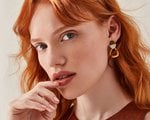





.jpg?cx=0.5&cy=0.5&cw=150&ch=120&blr=False&hash=13DE8EDEE0E1AF98CC5D704B05EC64EE)


